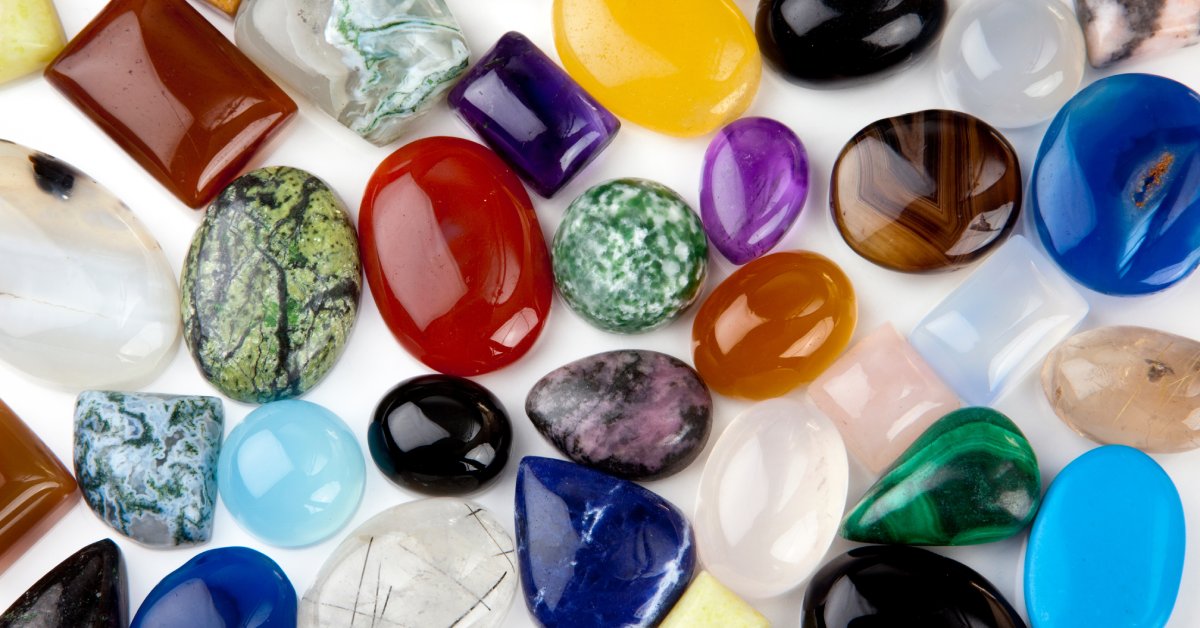What Is the Purpose of Polishing Lapidary Rocks?

Polishing lapidary rocks serves not only to enhance their aesthetic appeal but also to prepare them for various applications in jewelry making, art, and decor. The process involves carefully removing the rough surface layer to reveal the beauty beneath, transforming a mundane stone into a vibrant masterpiece.
The steps involved in polishing, from selecting the right tools and techniques to understanding the properties of different stones, are essential for lapidarists. By learning the purpose and benefits of polishing lapidary rocks, you can deepen your connection to this captivating craft.
Increasing Value
Polished stones are generally more sought after than unpolished ones due to their enhanced visual appeal. A well-polished piece can command a higher price, making it a worthwhile investment for lapidaries. This is especially true for gemstones, which can significantly increase in value when polished and set into jewelry. By investing time and effort into the polishing process, you can maximize the financial return on their raw materials.
Preparing for Jewelry and Art
You can transform lapidary rocks, once polished, into stunning pieces of jewelry or art. The polishing process is essential for producing cabochons, beads, and pendants that require a smooth finish. Polished stones not only feel pleasant against the skin when worn as jewelry but also reflect light beautifully, adding to their appeal. Polishing is a critical step in moving from raw stone to finished product.
Consistency in Finish
This uniformity and consistency across all lapidary pieces is crucial, especially for those creating collections or sets of items. By choosing the right vibratory tumbler, you can ensure that each stone undergoes the same level of polishing and treatment, leading to an even shine and smoothness. This consistency enhances the overall aesthetic of the collection and ensures that individual pieces complement each other, making them more appealing to buyers and collectors alike.
Durability
Polishing lapidary rocks also contributes to their durability. Smooth surfaces are less prone to damage than rough ones, reducing the risk of chips and scratches over time. A polished stone is easier to clean and maintain and less likely to absorb dirt and grime. This increased durability is particularly important for stones intended for everyday wear, such as rings and bracelets, ensuring that these items look good for years to come.
Enhancing Aesthetic Beauty
The main purpose of polishing lapidary rocks is to enhance their inherent beauty. Many natural stones possess stunning colors, patterns, and textures that appear once the rough exterior becomes smooth. Polishing brings out these visual characteristics and adds a shine that can make the stone more eye-catching. It allows stones like agate, jasper, and quartz to display their full potential.
The purpose of polishing lapidary rocks extends beyond mere aesthetics. It enhances their beauty, increases market value, prepares them for artistic applications, and makes them more durable. As you explore the fascinating world of lapidary work, you will discover the profound impact polishing has on transforming raw stones into treasured works of art.





